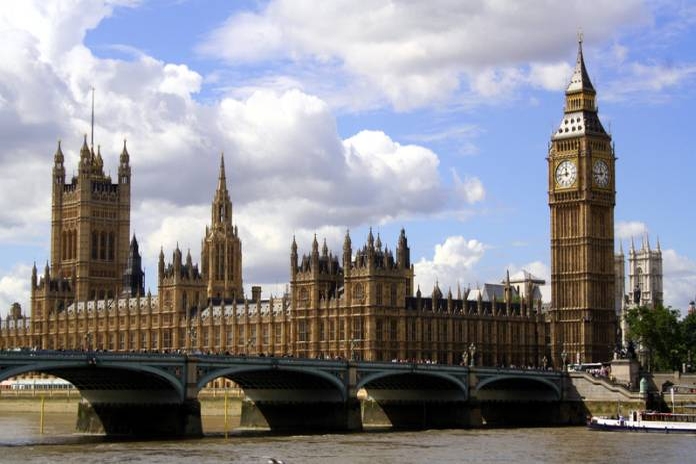
An influential group of MPs has welcomed the publication of the draft Building Safety Bill but warned that it lacks detail on key parts of the new building safety regime.
The Building Safety Bill aims to fix flaws in the building safety regime uncovered by Dame Judith Hackitt’s independent review into Building Regulations and fire safety in the wake of the Grenfell Tower disaster, principally by establishing a new Building Safety Regulator.
A report published by the Housing, Communities & Local Government Committee welcomed the Bill but warned that it was “concerned about some of its provisions” and in particular a “lack of detail” on key parts of the new regime.
It urged the government to include as much detail as possible in the Bill itself, or to publish secondary legislation alongside it, as well as a clear timetable for commencement so that the industry knows when it has to demonstrate compliance.
And it strongly recommended that the government include provisions in the Bill itself for establishing a national system of third-party accreditation and registration for all professionals working on the design and construction of higher-risk buildings.
It said: “The Hackitt report found that a lack of any formal process for assuring the competence of individuals engaged in the design and construction of higher-risk buildings was a serious flaw in the current regulatory regime.
"To remedy this, the final Bill should provide for a robust system of third-party accreditation and registration for design and construction professionals. We can think of few measures that will do more to improve building safety.”
Elsewhere, the report called on the government to recommit to the principle that leaseholders should not pay anything towards the cost of remediating historical building safety defects, warning that the draft bill provides for landlords to recover the cost of building safety measures through a new building safety charge, which would permit them to charge leaseholders for the cost of remediation.
Remediation financing
The report said it wanted to see the government announce proposals to fund all historical building safety remediation works. It said the financing of remediation was “unresolved” despite the allocation of £1.6bn in the building safety fund.
The Bill will apply to “higher-risk” buildings, which the government currently intends to define as any building over 18m or six storeys. The report accepted this definition as “reasonable” but added: “We do not consider height along to be a satisfactory measure of risk. A commitment in the Bill itself to including, at a specified point in the future, other risk factors, particularly the vulnerability of residents and their ability to evacuate the building, would demonstrate the government’s determination to improve the safety of all higher-risk buildings.”
Responding to the report, the Chartered Institute of Building (CIOB) said it was “particularly pleased” to see the Committee call for more detail around the yet unpublished secondary legislation to remove any doubt on the scope of the legislation and the responsibilities on building operators.
It added that it was “positive” that the Committee acknowledged the importance of accreditation to ensure that stakeholders have the confidence in the competence of persons undertaking the new building safety manager role.
The CIOB said: “We look forward to working with the government to ensure the Bill drives forward reform and remedies the flaws in the existing system as identified in the Hackitt review.”
The Committee’s report can be accessed here.









